
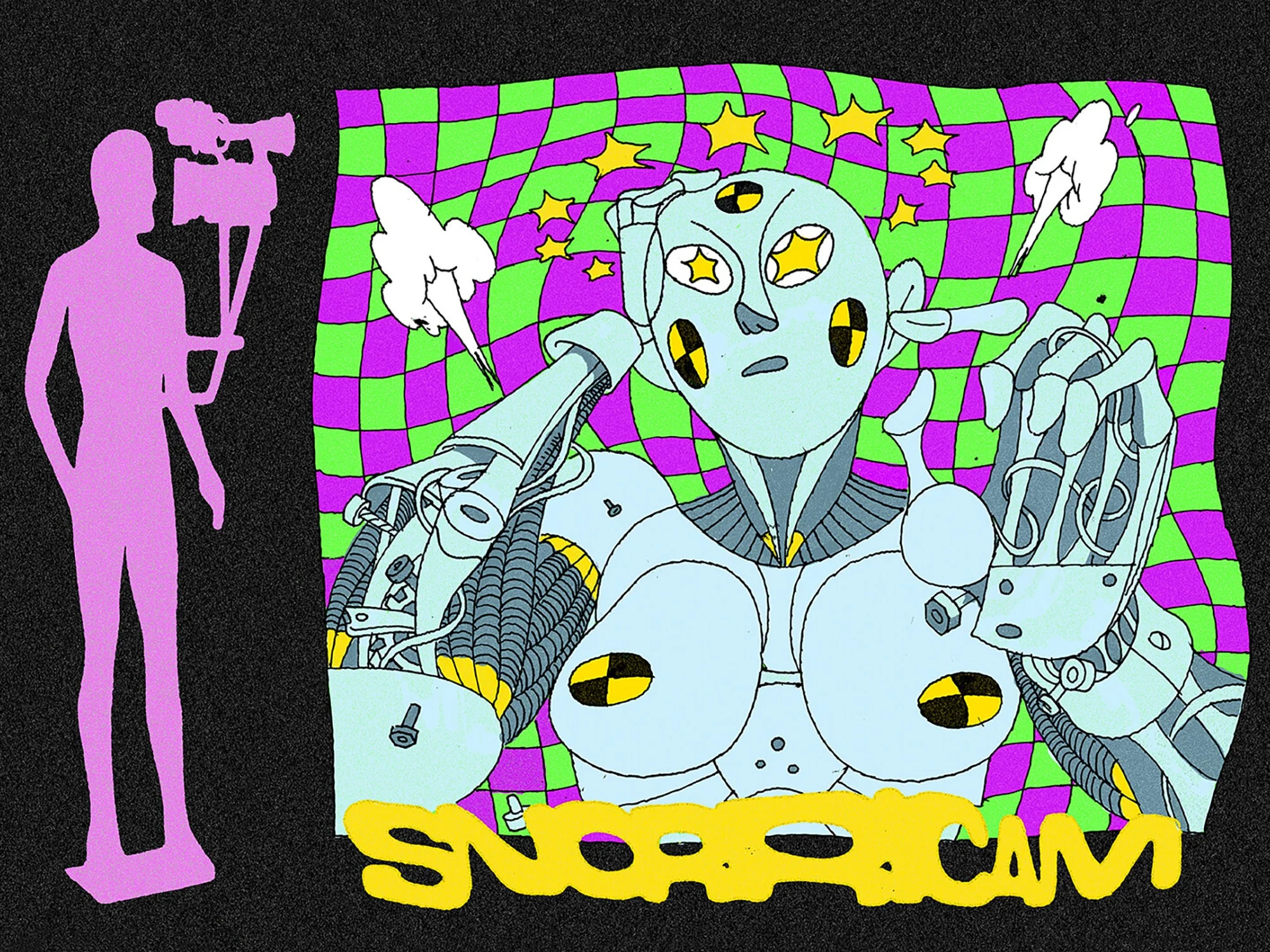
In our Tools of the Trade series, James Cartwright explores the devices that, from humble beginnings, have gone on to change the course of creative scenes. From the Risograph’s imperfect charm to the defect machine that inspired the evolution of hip-hop, discover the tools whose legacies continue to define the way we work.
Illustrations by Pete Sharp.
“The story of the Maul Girls is an epic tale of love, loss, passion, greed, and fabulous cork pumps. It begins with Leah Maul, a girl with plenty of fish to fry and a multitude of bees in her bonnet. Leah was a girl who was born to throw stones in glass houses, and she was restless. She believed that there was no business like show business, so she decided to strike while the iron was hot because the city never sleeps and only the early bird catches the worm.”
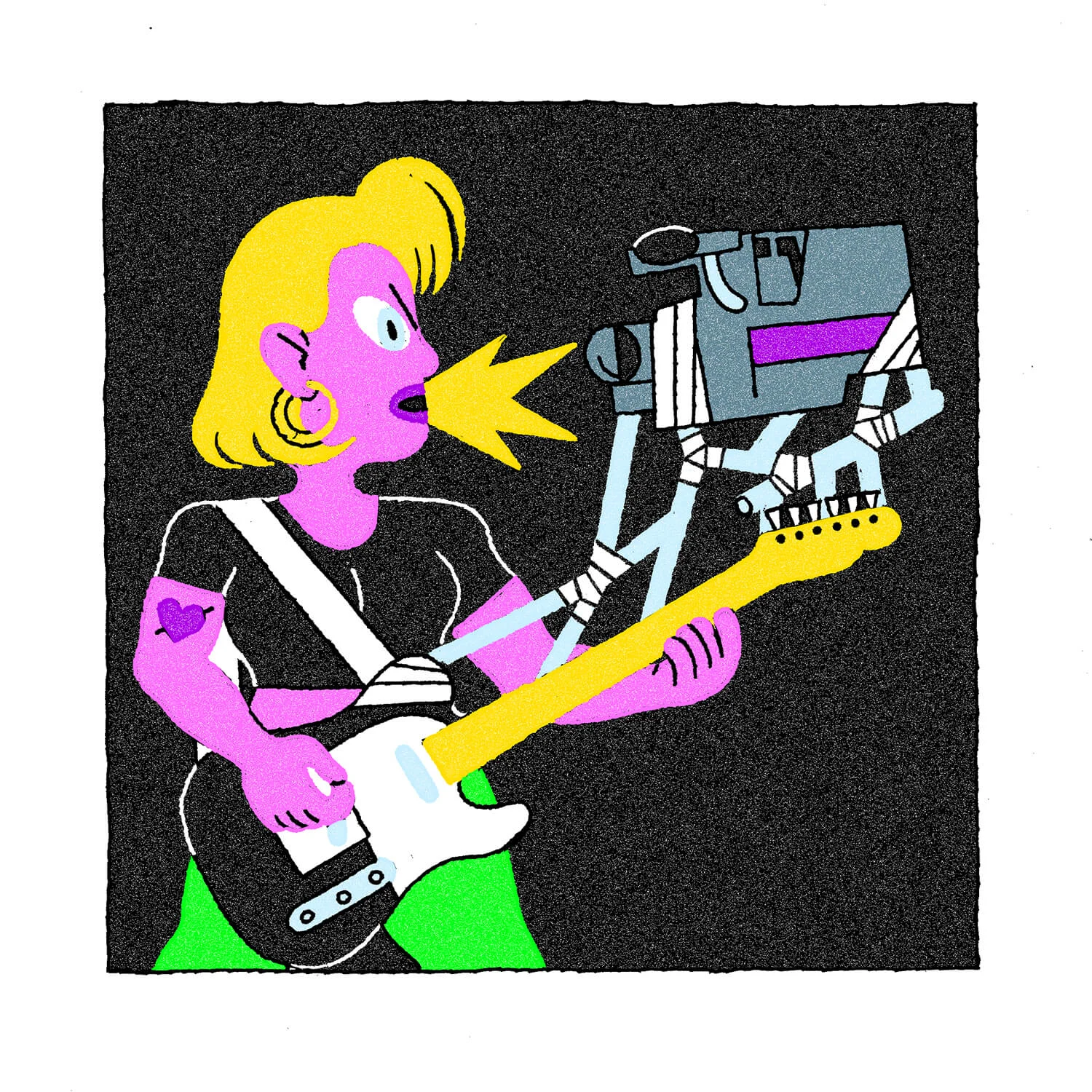
Bizarrely, this cliche-ridden origin story of a now-forgotten New York band is also how the tale of the Snorricam, a transformative cinematic device, begins. The year is 1996, and two Icelandic film directors, Eidur and Einar Snorri, are shooting a music video at the Bowery’s legendary CBGB club, the birthplace of punk. Maul Girls are a band like many others in the 1990s punk mould—Elastica without the Justine Frischmann edge—and they’re looking for something different to make their new single Chunky Black Shoes stand out.
“This idea came about to mount the camera to the band members,” the Snorri Brothers say. “We were looking for something interesting to make the video more dynamic and energetic, and it fit the attitude of the song.”
Off they go to visit a friend who happens to have a metal workshop in his house and see if they can invent something to strap a camera to a punk rocker. “We just kind of pieced a load of old tripods together and added a weight lifting belt to make this super raw homemade rig.”
That mishmash of used metal and leather became the first rig of its kind, allowing the Snorris to mount a camera to each member of the Maul Girls and hold a fixed frame of their faces as they moved through various East Village cityscapes and careened across the CBGB stage. For good measure they also attached cameras to the band’s instruments and mic stands to create a disorientating few minutes of video chaos that complements the Maul Girls’ thrashing and howling about those “chu- chu- chunky black shoes.”
We were looking for something interesting to make the video more dynamic and energetic.
Had Chunky Black Shoes been the whole Snorricam story it would have lived and died with Leah and her entourage and I probably wouldn’t be sat here writing about it today. But fate, the cosmos, or whatever higher power you believe in, conspired to lift this makeshift prototype out of the underworld of New York’s punk scene into the bright lights of the Hollywood mainstream. Here’s how.
To begin at the beginning means traveling back further than 1996, to Reykjavik, 1985, where two teenage b-boys, Eidur and Einar, are competing in a breakdancing tournament. Instead of becoming rivals, they recognize each other as kindred spirits and become collaborators in their nascent film and photographic careers.
Ten years later, things are going pretty well for the duo who now call themselves the Snorri Brothers (they’re not actually brothers, it’s an alias) as they work their way up the ranks of Iceland’s advertising and magazine industries. Reaching the top, they come to the conclusion that Iceland is not enough, they want more. So in 1995 they hitch a ride on a container ship heading for New York City.
This proves a sensible move—New York wants what the Snorri’s have got, and pretty soon they’re working for Interview, Spin, Rolling Stone and Dazed and Confused, shooting portraits and making music videos for bands like Green Day, Fugees, Soundgarden, Björk and DJ Shadow. They immerse themselves fully in the city’s creative scene, which is how they first came across a young Harvard and American Film Institute graduate named Darren Aronofsky.
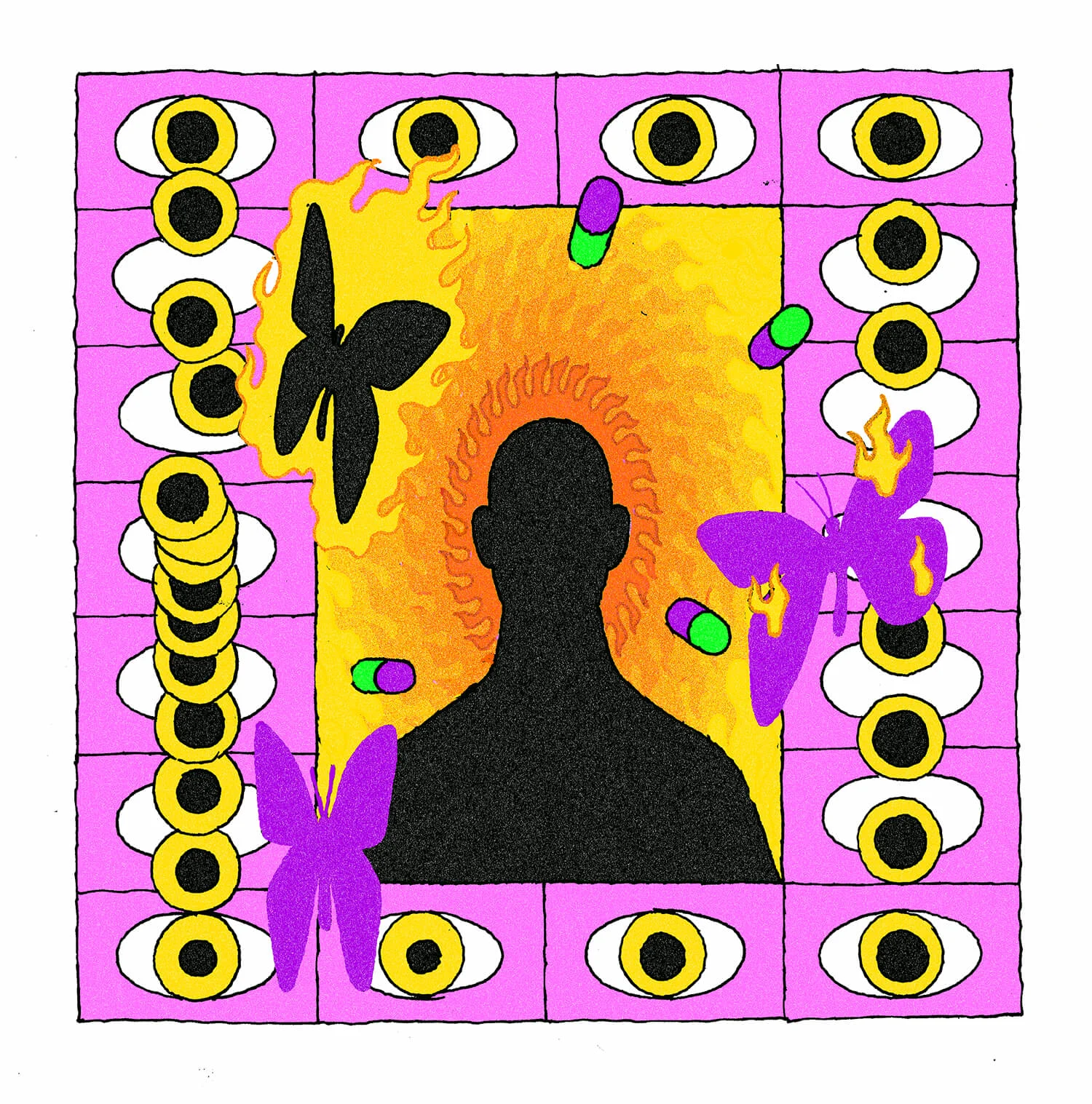
At the same time Darren and his buddy Eric Watson are working on a feature-length movie. They’ve scraped together $60,000 in $100 donations from friends and family, promising to pay back $150 to each if their project turns a profit (that’s a handsome return on investment). The team making the movie consists of Darren and the Snorri’s group of party scene pals, all of whom spend their spare time hanging out on each other’s sets.
You can see the threads coming together now. We’re back at CBGB’s in 1996, still filming that Maul Girls promo, and who should be loitering behind the scenes but Darren’s old pal Eric Watson. “He was hanging out with us watching us use this device and he got very interested in it,” the Snorris say.
“So he asked if he could borrow the rig and show it to Darren.” Which he did. “They shot some tests and were very excited by the results. They were only planning to use it a little, but it became a big part of the language of the movie in the end.”
The film called Pi tells the story of a brilliant but troubled mathematician, Maximillian Cohen whose sole concern is revealing numerical order in the chaos of the stock market. Together with his self-built super computer Euclid he seems to be having some luck. Max’s success throws him into the path of corporate power-player Marcy Dawson who seduces him with an experimental computer chip in exchange for more stock market predictions, and Hasidic Jew Lenny Meyer, whose mathematical research into the Torah sends Max further down the numerical rabbit hole.
The viewer is constantly forced to watch the shifting expressions on Max’s tortured face as his mind begins to fail.
As these three paths become unpleasantly entwined, Max’s mental health deteriorates at pace. He suffers delusions. He gets terrible headaches. The deeper he dives into the numbers the more paranoid he becomes, until his delusions manifest in violent, graphic episodes.
Pi was a more perfect vehicle for the Snorricam’s unique perspective than the three-minute spot it was created for, its subjective viewpoint allowing Darren to hone in on his paranoiac protagonist with uncomfortable results. The viewer is constantly forced to watch the shifting expressions on Max’s tortured face as he traverses a New York City whose inherent menace increases as his mind begins to fail.
“The idea behind Pi was to make a fully subjective movie,” Darren said about the film’s cinematography in a 1998 interview with Indiewire.
“So we made up all these bogus rules. We can shoot the other actors almost P.O.V., almost straight-on, but was almost always shot in profile, so he was more of an objective and the audience was seeing his point of view more subjectively.”
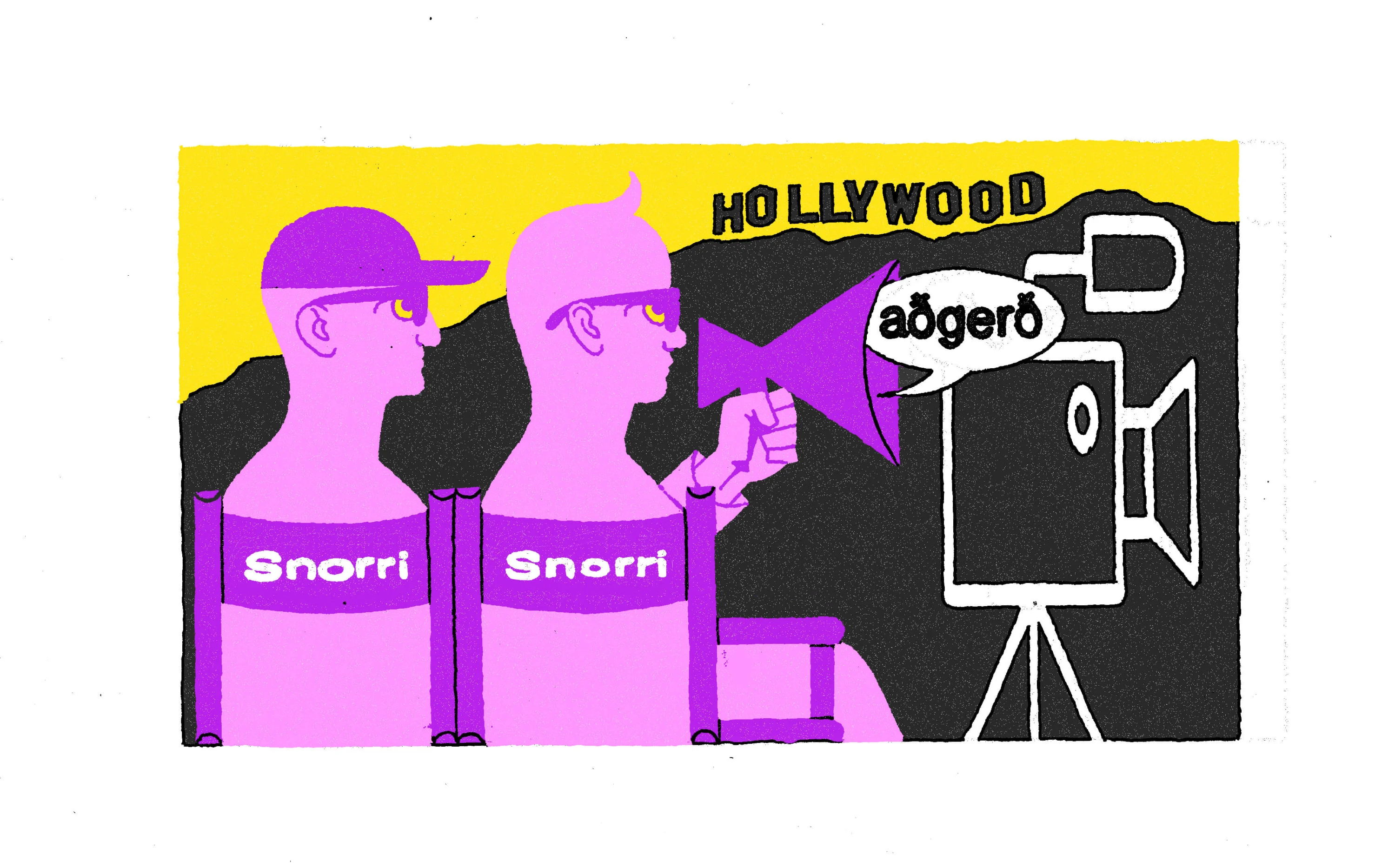
Every time Max got one of his headaches, the Snorricam rig would go on, and the audience would be right there with him, feeling that throbbing pain.
“To be honest, we didn’t really believe in the movie that much,” the Snorris admit. “He was doing this small movie and all of our friends were working on it and it was just one of those things. It wasn’t until we went to the premiere that we were like, holy shit, this is amazing! And the rest is history.”
Darren’s “subjective camera” has become a visual shorthand for a character’s out-of-body experience.
On its festival tour in 1998, Pi won Darren the Directing Award at Sundance, the Independent Spirit Award for Best First Screenplay, and the Gotham Open Palm. It was a critical and cult smash that earned him enough to pay back all those $100 loans and finance his second movie, Requiem for a Dream. The Snorri Brothers got a name check in Pi’s credits, and the rig of their invention was officially dubbed the Snorricam. “Darren definitely put this thing on the map.”
And that was pretty much it for the Aronofsky-Snorri Brothers collaboration, although the director continued to make extensive use of the tool. As filming for Requiem for a Dream began in earnest, Darren developed a refined Snorricam rig to allow for bigger cameras and a more comfortable filming experience for Jared Leto, Jennifer Connolly and the rest of his A-list cast.
As we all know now, Requiem for a Dream became a bona fide mainstream hit, grossing $7.4 million at the box office globally and receiving rave reviews from the mainstream press.
“What is fascinating about Requiem for a Dream… is how well he portrays the mental states of his addicts,” Roger Ebert wrote in the Chicago Sun-Times. “When they use, a window opens briefly into a world where everything is right. Then it slides shut, and life reduces itself to a search for the money and drugs to open it again. Aronofsky brings a new urgency to the drug movie by trying to reproduce, through his subjective camera, how his characters feel, or want to feel, or fear to feel.”
Everything we do is about allowing people to create different kinds of shots.
In the 18 years of movie-making that followed, Darren’s “subjective camera” has become a visual shorthand for a character’s out-of-body experience whether through drugs, booze, stress, paranoia, fear or any other chemical rush that transports them into another state of being. When the camera turns to look them square in the face and their surroundings start to crumble, we know our protagonist is in the midst of extreme emotional turmoil.
We feel it keenly when Guy Ritchie turns the camera on Nick Moran as he loses that crucial poker game at the climax of Lock Stock and Two Smoking Barrels. As The Stooges’ distorted guitars crescendo into I Wanna Be Your Dog, the full effects of the Snorricam’s subjective power is revealed. Ditto the blood-hungry Tilda Swinton, John Hurt and Tom Hiddleston in Jim Jarmusch’s Only Lovers Left Alive, Jonah Hill’s dazed Donnie Azoff in Martin Scorsese’s Wolf of Wall Street and even Billy-Bob Thornton’s boozy Bad Santa (perhaps the Snorricam’s most mainstream Hollywood moment). All of this is thanks to Darren Aronofsky’s vision.
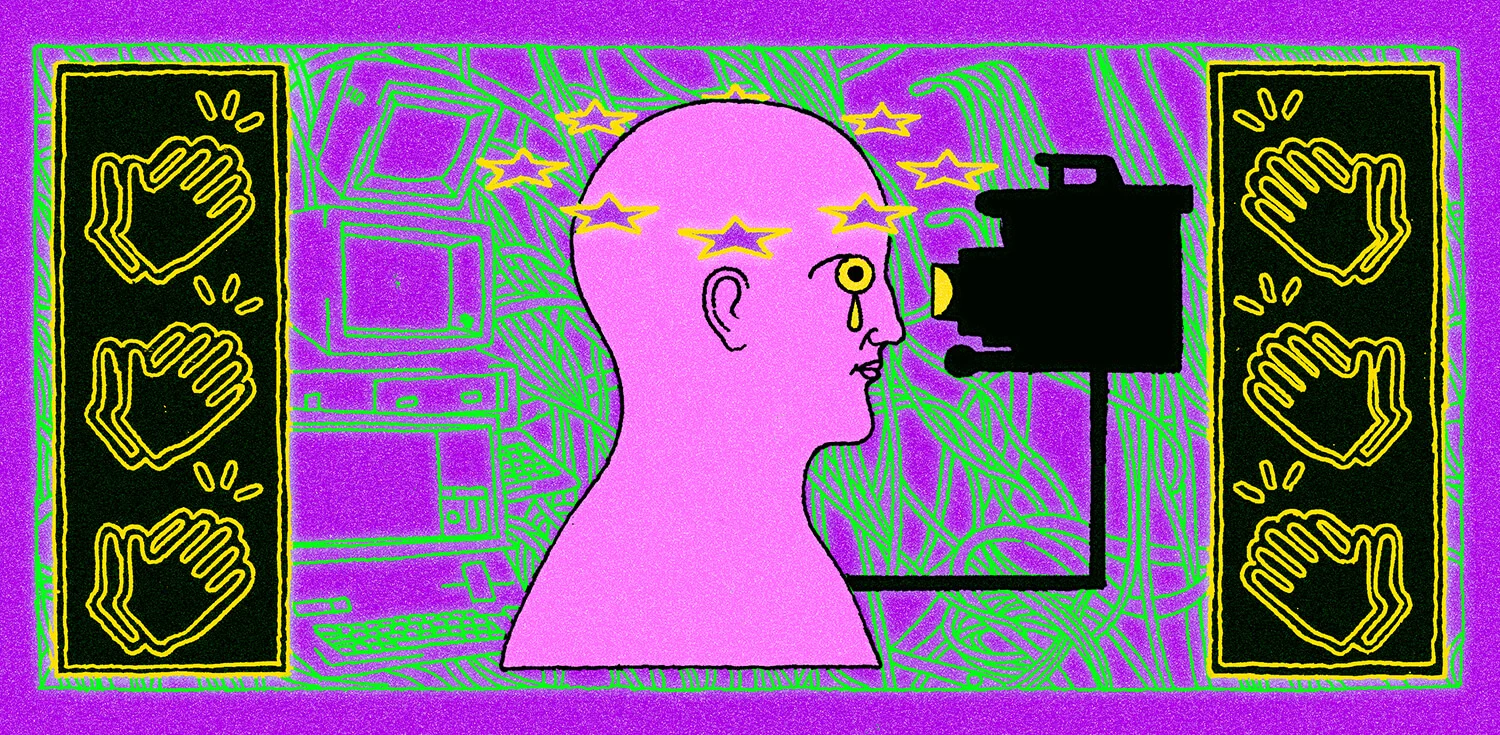
But what of the Icelandic duo who gave birth to this seminal invention? They can still be found directing music videos and commercials for big-name clients out in LA. They’ve also moved into the rental market for a new professional model of the Snorricam made from premium materials that can handle a new generation of cameras and keep the device appealing to up-and-coming filmmakers.
“We have a harness made of carbon fibre and heavy duty leather with ratcheting buckles so it gets really tight around your waist and distributes the weight much much better than the original. Before the arm would be stuck in one position, but now it can swivel 180 degrees while you’re shooting, and you can change all the angles very easily. Everything we do is about allowing people to create different kinds of shots.”
Now the Snorri Brothers have their own workshop where they tinker with rigs and devices, looking to find new and exciting inventions to use in their work. Although their budgets are bigger and their products professionally made, they’re still loyal to their indie roots and the DIY atmosphere of late-1990s New York. “Whenever someone calls us and they’re doing a low-budget video, we always give them the Snorricams cheap.”



